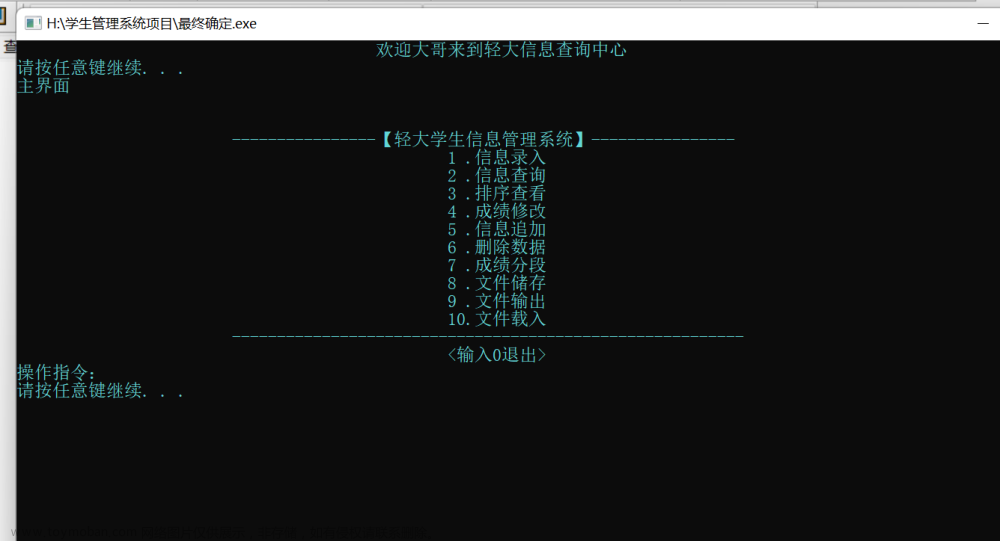Package taxa version 0.4.2
Usage
classification(x = NULL, taxonomy = NULL, .names = NULL)Arguments
参数【x】:以下之一:
- 一个列表,每个元素表示一组嵌套的类群。列表内容允许是任何能够转换为taxon的格式。
- 一个 taxonomy 对象中 单个 taxon 对象的索引或名称,taxonomy 对象由参数【taxonomy】指定。长度不限,但必须是 taxonomy 对象中有效的索引。
参数【taxonomy】:一个 taxonomy 对象。只有当第一个参数提供的是类群的索引时才需要此参数。
参数【.names】:向量的名称。
Value
一个 taxa_classification 类的 S3 对象。
Examples
通过 列表 创建 classification 向量:
x <- classification(list(
c('Carnivora', 'Felidae', 'Panthera', 'Panthera leo'),
c('Carnivora', 'Felidae', 'Panthera', 'Panthera tigris'),
c('Carnivora', 'Ursidae', 'Ursus', 'Ursus arctos'),
c('Carnivora', 'Ursidae', 'Ursus', 'Ursus arctos'),
c('Carnivora', 'Felidae', 'Panthera', 'Panthera tigris')
))<classification[5]>
[1] Carnivora|Felidae|Panthera|Panthera leo
[2] Carnivora|Felidae|Panthera|Panthera tigris
[3] Carnivora|Ursidae|Ursus|Ursus arctos
[4] Carnivora|Ursidae|Ursus|Ursus arctos
[5] Carnivora|Felidae|Panthera|Panthera tigris通过 taxonomy 对象 及其 索引 创建 classification:
x <- classification(c(3, 4, 4, 5, 5, 6, 8, 8, 2, 5, 6, 2),
taxonomy(c('Carnivora', 'Felidae', 'Panthera', 'Panthera leo',
'Panthera tigris', 'Ursidae', 'Ursus', 'Ursus arctos'),
supertaxa = c(NA, 1, 2, 3, 3, 1, 6, 7)))<classification[12]>
[1] Carnivora|Felidae|Panthera
[2] Carnivora|Felidae|Panthera|Panthera leo
[3] Carnivora|Felidae|Panthera|Panthera leo
[4] Carnivora|Felidae|Panthera|Panthera tigris
[5] Carnivora|Felidae|Panthera|Panthera tigris
[6] Carnivora|Ursidae
[7] Carnivora|Ursidae|Ursus|Ursus arctos
[8] Carnivora|Ursidae|Ursus|Ursus arctos
[9] Carnivora|Felidae
[10] Carnivora|Felidae|Panthera|Panthera tigris
[11] Carnivora|Ursidae
[12] Carnivora|Felidae x <- classification(c(3, 4, 4, 5, 5, 6, 8, 8, 2, 5, 6, 2),
taxonomy(taxon(name = c('Carnivora', 'Felidae', 'Panthera', 'Panthera leo',
'Panthera tigris', 'Ursidae', 'Ursus', 'Ursus arctos'),
rank = c('order', 'family', 'genus', 'species',
'species', 'family', 'genus', 'species'),
id = taxon_id(c('33554', '9681', '9688', '9689',
'9694', '9632', '9639', '9644'),
db = 'ncbi'),
auth = c('Bowdich, 1821', 'Fischer, 1817',
'Oken, 1816', 'L., 1758',
'L., 1758', 'Fischer, 1817',
'L., 1758', 'L., 1758')),
supertaxa = c(NA, 1, 2, 3, 3, 1, 6, 7)))
names(x) <- letters[1:12]<classification[12]>
a
Carnivora|Felidae|Panthera
b
Carnivora|Felidae|Panthera|Panthera leo
c
Carnivora|Felidae|Panthera|Panthera leo
d
Carnivora|Felidae|Panthera|Panthera tigris
e
Carnivora|Felidae|Panthera|Panthera tigris
f
Carnivora|Ursidae
g
Carnivora|Ursidae|Ursus|Ursus arctos
h
Carnivora|Ursidae|Ursus|Ursus arctos
i
Carnivora|Felidae
j
Carnivora|Felidae|Panthera|Panthera tigris
k
Carnivora|Ursidae
l
Carnivora|Felidae
Rank levels: order < family < genus < species查看 classification 对象的各个组分:文章来源:https://www.toymoban.com/news/detail-820208.html
> tax_name(x)
a b c d e f g
"Panthera" "Panthera leo" "Panthera leo" "Panthera tigris" "Panthera tigris" "Ursidae" "Ursus arctos"
h i j k l
"Ursus arctos" "Felidae" "Panthera tigris" "Ursidae" "Felidae"
> tax_rank(x)
<taxon_rank[12]>
a b c d e f g h i j k l
genus species species species species family species species family species family family
Rank levels: order < family < genus < species
> tax_id(x)
<taxon_id[12]>
a b c d e f g h i j k
9688 (ncbi) 9689 (ncbi) 9689 (ncbi) 9694 (ncbi) 9694 (ncbi) 9632 (ncbi) 9644 (ncbi) 9644 (ncbi) 9681 (ncbi) 9694 (ncbi) 9632 (ncbi)
l
9681 (ncbi)
> tax_db(x)
<taxon_db[12]>
a b c d e f g h i j k l
ncbi ncbi ncbi ncbi ncbi ncbi ncbi ncbi ncbi ncbi ncbi ncbi
> tax_auth(x)
<taxon_authority[12]>
a b c d e f g h i j
Oken 1816 L. 1758 L. 1758 L. 1758 L. 1758 Fischer 1817 L. 1758 L. 1758 Fischer 1817 L. 1758
k l
Fischer 1817 Fischer 1817
> tax_author(x)
a b c d e f g h i j k l
"Oken" "L." "L." "L." "L." "Fischer" "L." "L." "Fischer" "L." "Fischer" "Fischer"
> tax_date(x)
a b c d e f g h i j k l
"1816" "1758" "1758" "1758" "1758" "1817" "1758" "1758" "1817" "1758" "1817" "1817"
> tax_cite(x)
a b c d e f g h i j k l 操作 classification 向量:文章来源地址https://www.toymoban.com/news/detail-820208.html
> x[1:3]
<classification[3]>
a b
Carnivora|Felidae|Panthera Carnivora|Felidae|Panthera|Panthera leo
c
Carnivora|Felidae|Panthera|Panthera leo
Rank levels: order < family < genus < species
> x[tax_rank(x) > 'family']
<classification[8]>
a b
Carnivora|Felidae|Panthera Carnivora|Felidae|Panthera|Panthera leo
c d
Carnivora|Felidae|Panthera|Panthera leo Carnivora|Felidae|Panthera|Panthera tigris
e g
Carnivora|Felidae|Panthera|Panthera tigris Carnivora|Ursidae|Ursus|Ursus arctos
h j
Carnivora|Ursidae|Ursus|Ursus arctos Carnivora|Felidae|Panthera|Panthera tigris
Rank levels: order < family < genus < species
> is.na(x)
[1] FALSE FALSE FALSE FALSE FALSE FALSE FALSE FALSE FALSE FALSE FALSE FALSE到了这里,关于R语言【taxa】——classification():储存分类树的分类信息的文章就介绍完了。如果您还想了解更多内容,请在右上角搜索TOY模板网以前的文章或继续浏览下面的相关文章,希望大家以后多多支持TOY模板网!







